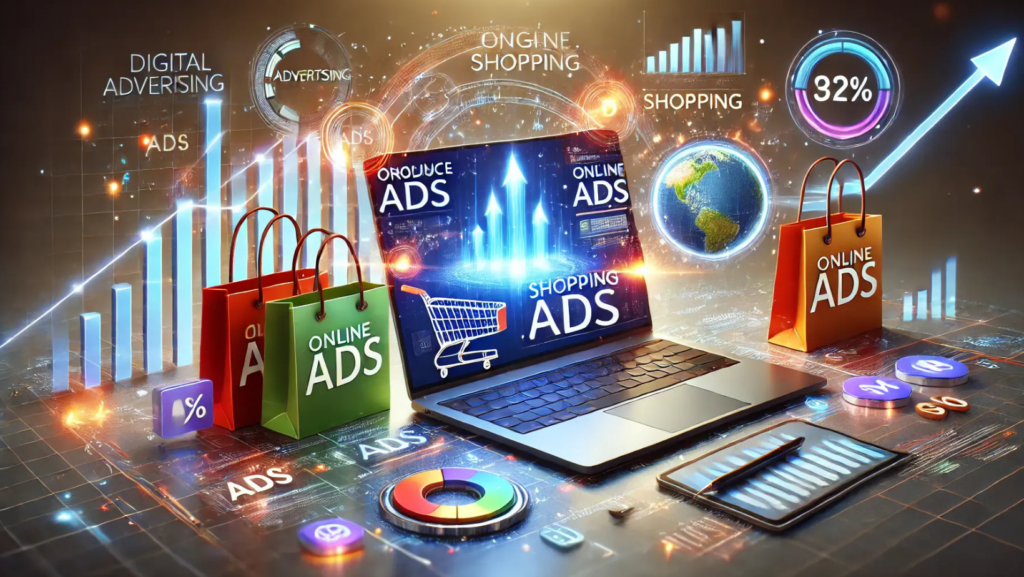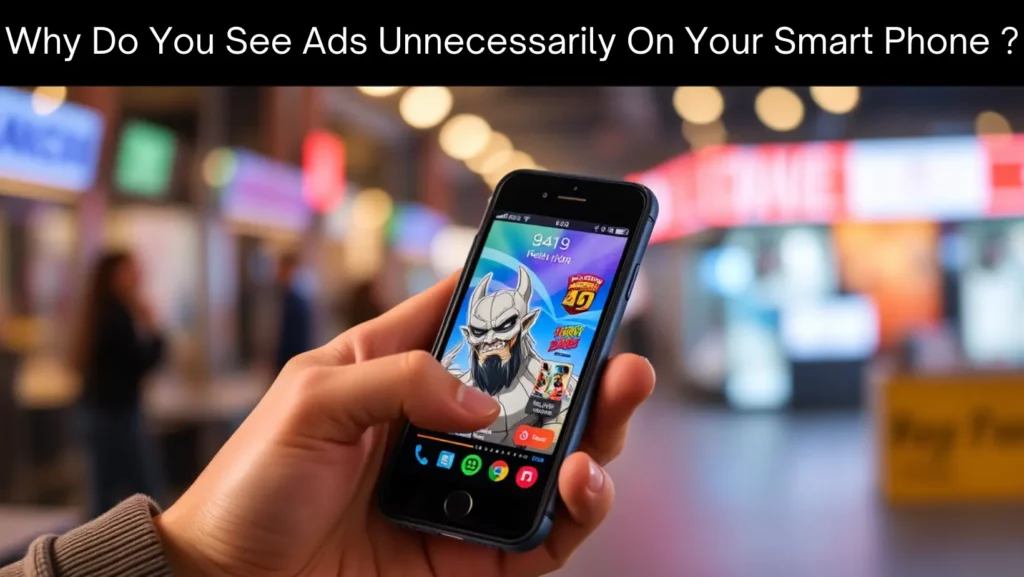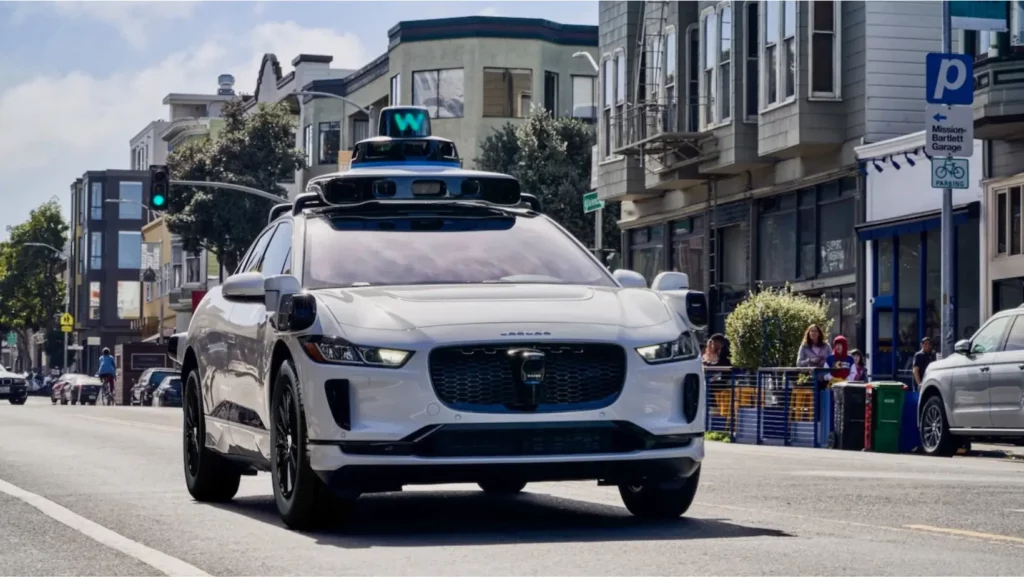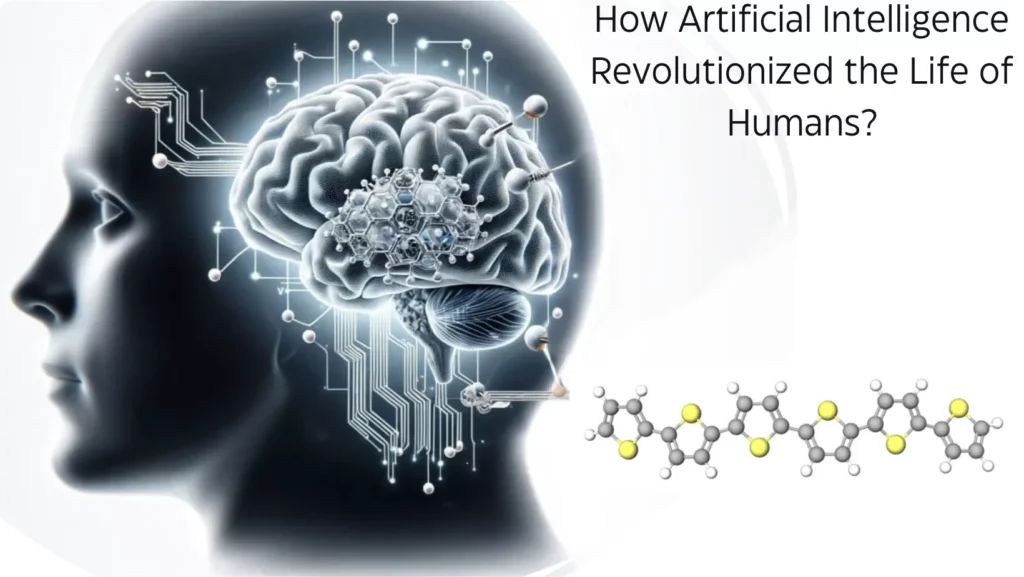So, for marketers in search of their target audience, India’s booming digital economy and one of the biggest internet user bases make it an ideal destination. Yet, as audiences drown in oversaturation, these efforts are facing backlash from those very audiences. Brands need to concentrate on trying to better understand what is making consumers lose interest in their products and how to get them to return.

Think of Neha, who is 18. It started her day by giving an instant push notification through a food delivery app to deliver her favorite pizza and a promo code to excite her to buy something pizza at a discount. She is also an influencer and when she opened her Instagram account, she continued to see a lot more posts promoting exam coaching classes, gadgets, and skincare products. When she opened YouTube to play videos of some of her favorite music in the background while studying, she had already skipped five ads — on fast fashion, beauty products, and yet another online education resource. All focused, everything in front of Neha appeared to be dull, boring, and monotonous.
The Carbon Copy Problem
Apart from overexposure, the other angle that needs to be added to the ad fatigue story in India is that of relevance or the lack of it. From the festival period, where all the advertisements look the same — “Happy families, expensive gifts and the best offers of all time. These types of messages are abused so they do not catch your customer’s attention.
What is most needed in a diverse audience market is relevance. If messages don’t fit different audiences, brands risk sitting on the sideline. The ads of Zomato and Swiggy have unknowingly become native ads because their funny, witty, personalized content resonates with people and the issues they are facing.
Disrupting The Habit
You can predict an amount of oversaturation. When ads touch some emotional feeling but from a template stronger than just an ad get boring. But some companies have managed to beat the odds, and indeed have been quite playful. Take for example Mahindra’s advertisement of electric vehicles, where the promotion was not only about its new range of vehicles but also about innovating and protecting the environment. The commercials spoke to viewers’ wants and tied them to the company’s mission of conservation and environmentalism.
Digital Overload
In addition, the rise of digital media has led to severe ad fatigue. In a week, a scroll through almost any Instagram or YouTube page will probably show you the same influencer hawking half a dozen different businesses. The loss of authenticity breeds skepticism. Alia Bhatt’s sustainable kidswear label Ed-a-Mamma, for example, has taken an out-of-the-box approach by creating digital content designed to inform parents and children about how to practice sustainability. Rather than blasting customers with generic ads, their ads involve cause marketing, where they promote natural environment preservation which gives purpose and novelty to their advertisements.
Meaningful Connections
Ad fatigue is solved by cultivating genuine connections. Brands need to start communicating rather than just selling. Take Parle-G’s pandemic-era campaign that celebrated everyday heroes such as delivery personnel and healthcare workers. Parle-G not just survived, they thrived and they became more than a biscuit brand, they became a sign of endurance and gratitude.
You Want to Tell a Story, Not Sell Something
But storytelling is also another pathway to take. Brands such as Amul Asian Paints and Fevicol have built campaigns based on emotions and emotional connectivity. This makes the brands’ ads memorable and influential.
Creating Moments That Matter
With the evolution of India’s advertising landscape, brands need to move from cutting through the noise to cutting through the clutter to cutting through in terms of creating meaningful moments. The ads that don’t insult consumers’ intelligence, individuality and aspirations are the ones that pop.
And, as Neha scrolled through her social media once more towards the end of the day, one advertisement among the rest blew our minds. It was a Kia Motors campaign touting the exhilaration of an unplanned road trip with the brand’s fashionable SUV. In addition to the car’s features, the advertisement highlighted the joy of going to new places with friends. It was authentic and invigorating and not bombastic or aggressive. Neha paused, smiled, and said. Then, amid the noise, Neha bonded with the Kia. Or moments like this are the ultimate payoff for brands willing to listen.







